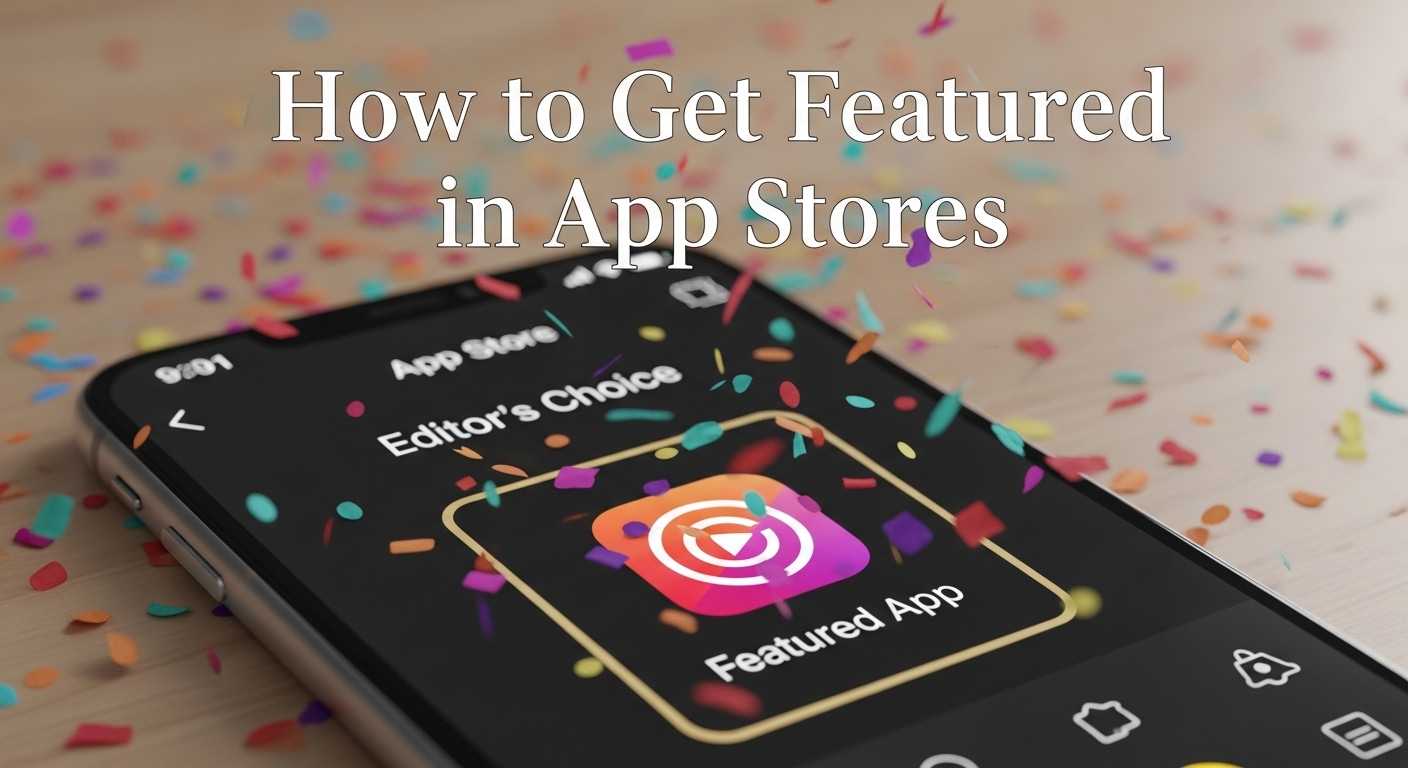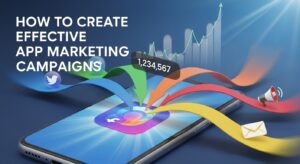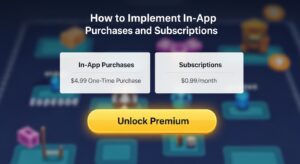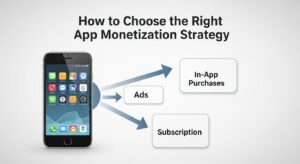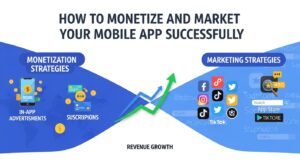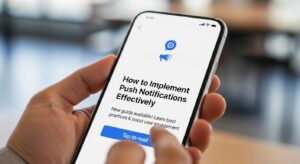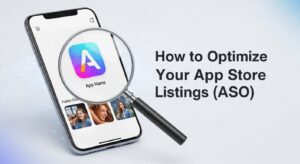Getting your app noticed in today’s crowded marketplace can feel overwhelming. With millions of apps competing for attention, how do you rise above the noise? The secret lies in understanding how to get featured in app stores through strategic optimization and relationship building.
App store featuring can transform your download numbers overnight. Featured apps typically see download increases of 200-300%, with some experiencing even higher boosts. But achieving this coveted status requires more than luck—it demands a systematic approach.
Understanding App Store Featuring Opportunities
Before diving into strategies, let’s explore the different ways apps can get featured in app stores. Both Apple’s App Store and Google Play offer various featuring opportunities that can dramatically increase your app’s visibility.
Apple App Store Featuring Options
Apple’s editorial team curates several sections where apps can gain prominent placement. The “Today” tab showcases daily stories and collections, while category-specific features highlight apps within particular niches. Apple also runs seasonal campaigns and themed collections that provide additional opportunities for exposure.
The “Apps We Love” section represents one of the most prestigious placements, reserved for apps that demonstrate exceptional quality and innovation. Meanwhile, the “New Apps We Love” section specifically highlights promising newcomers to the platform.
Google Play Featuring Possibilities
Google Play operates with both editorial curation and algorithmic recommendations. The “Editor’s Choice” badge represents the platform’s highest endorsement, while various collections and seasonal campaigns offer additional visibility opportunities.
Google’s “New & Updated” sections provide pathways for both launching apps and those releasing significant updates. The platform also features apps within specific categories and runs themed collections throughout the year.
Strategy 1: Perfect Your App Store Optimization (ASO)
The foundation for getting featured begins with exceptional App Store Optimization. Your app’s metadata must be polished to perfection before editorial teams will consider featuring it.
Optimize Your App Title and Subtitle
Your app title should clearly communicate your app’s primary function while incorporating relevant keywords naturally. For iOS apps, the subtitle provides additional space to highlight key features and benefits. Keep both concise yet descriptive, ensuring they resonate with your target audience.
Research shows that apps with clear, benefit-driven titles perform significantly better in featuring considerations. Avoid keyword stuffing, which can appear spammy and reduce your chances of editorial selection.
Craft Compelling App Descriptions
Your app description serves as a sales pitch to both users and editorial teams. Structure it with clear headlines, bullet points highlighting key features, and compelling calls-to-action. The first few lines are crucial since they appear in search results and category browsing.
Include social proof, such as user testimonials or press mentions, to build credibility. Editorial teams often look for apps that already demonstrate market traction and positive user reception.
Design Outstanding Visual Assets
Visual presentation plays a critical role in featuring decisions. Your app icon should be distinctive, professional, and clearly represent your app’s purpose. Screenshots must showcase your app’s best features using high-quality images and minimal text overlay.
Consider creating localized screenshots for different markets, as this attention to detail often impresses editorial teams. App preview videos, when done well, can significantly boost your featuring chances by demonstrating your app’s user experience effectively.
Strategy 2: Build Relationships with App Store Editorial Teams
Success in getting featured often depends on building genuine relationships with app store representatives. This process requires patience and professionalism, but the payoff can be substantial.
Attend Industry Events and Conferences
App store representatives frequently attend major tech conferences like WWDC, Google I/O, and mobile-focused events. These gatherings provide invaluable opportunities to make personal connections and showcase your app directly to decision-makers.
When networking at events, focus on building authentic relationships rather than making immediate sales pitches. Editorial team members appreciate developers who demonstrate genuine passion for creating exceptional user experiences.
Leverage Apple and Google Developer Programs
Both Apple and Google offer various developer programs that can increase your visibility with editorial teams. Apple’s Developer Program provides access to beta software and special events, while Google Play Academy offers educational resources and networking opportunities.
Participate actively in these programs by attending workshops, contributing to forums, and engaging with the developer community. Active participation often leads to increased recognition from platform representatives.
Submit Apps for Consideration
Both platforms have formal submission processes for featuring consideration. Apple’s App Store Connect includes options to nominate your app for featuring, while Google Play has similar mechanisms through the Play Console.
When submitting for consideration, provide detailed information about what makes your app unique, any upcoming marketing campaigns, and relevant press coverage. Be specific about why your app deserves featuring and how it provides exceptional value to users.
Strategy 3: Focus on Quality and Innovation
Editorial teams prioritize apps that demonstrate exceptional quality and innovative approaches to common problems. Your app must meet the highest standards in both functionality and user experience.
Implement Cutting-Edge Technologies
Apps that showcase new platform capabilities often catch editorial attention. When Apple or Google introduces new APIs or frameworks, early adopters who implement these features effectively frequently receive featuring consideration.
Stay updated on platform announcements and beta releases. Implementing new features like augmented reality, machine learning capabilities, or accessibility improvements can set your app apart from competitors.
Ensure Flawless Performance
Featured apps must perform perfectly across all supported devices and operating system versions. Conduct thorough testing on various devices, screen sizes, and network conditions to ensure consistent performance.
Monitor your app’s crash rates, load times, and user feedback continuously. Editorial teams often check app performance metrics before featuring decisions, so maintaining excellent technical standards is essential.
Design for Platform Guidelines
Following platform-specific design guidelines demonstrates respect for the ecosystem and increases featuring likelihood. Apple’s Human Interface Guidelines and Google’s Material Design principles should be implemented thoughtfully throughout your app.
Pay attention to details like proper spacing, consistent typography, and appropriate use of platform-standard UI components. Apps that feel native to their platforms typically receive more featuring consideration than those with generic designs.
Strategy 4: Generate Positive Press and User Reviews
Media coverage and user feedback significantly influence featuring decisions. Editorial teams often consider apps that are generating buzz in the tech community or receiving exceptional user ratings.
Develop a Press Outreach Strategy
Create compelling press releases that highlight your app’s unique features and benefits. Target tech journalists, app review sites, and industry publications that cover your app’s category.
Build relationships with app review websites like TechCrunch, The Verge, and category-specific publications. Positive coverage from respected sources can directly influence editorial featuring decisions.
Encourage Quality User Reviews
High ratings and thoughtful reviews signal app quality to editorial teams. Implement in-app review prompts strategically, requesting feedback after positive user experiences rather than randomly.
Respond professionally to all user reviews, especially negative ones. Editorial teams often examine how developers interact with their user community when making featuring decisions.
Showcase User Success Stories
Document how your app helps users achieve their goals and share these stories through various channels. User testimonials and case studies demonstrate real-world value, which editorial teams highly value.
Create video testimonials, blog posts, or social media campaigns featuring satisfied users. This content not only supports featuring applications but also provides valuable marketing material.
Strategy 5: Time Your Launches and Updates Strategically
Timing plays a crucial role in getting featured in app stores. Editorial teams plan their featuring schedules around seasonal events, platform updates, and industry trends.
Align with Seasonal Campaigns
Both Apple and Google run seasonal featuring campaigns throughout the year. Research past campaigns and identify opportunities where your app might fit naturally.
Plan major updates or launches to coincide with relevant seasonal themes. For example, fitness apps often get featured during New Year campaigns, while productivity apps may be highlighted during back-to-school seasons.
Coordinate with Platform Updates
Major iOS and Android updates provide opportunities for apps that showcase new platform features. Beta test new operating system versions and implement relevant new APIs quickly.
Submit updated apps that demonstrate new platform capabilities well before major OS releases. Editorial teams often seek apps to feature alongside platform launches.
Strategy 6: Maintain Consistent Quality and Engagement
Getting featured once is challenging, but maintaining editorial favor requires ongoing excellence. Consistently high-quality apps are more likely to receive multiple featuring opportunities over time.
Regular Updates and Improvements
Maintain a steady update schedule that demonstrates ongoing commitment to your app. Each update should provide meaningful improvements rather than minor bug fixes alone.
Document your update history and improvement trajectory when applying for featuring. Editorial teams prefer apps that show continuous evolution and responsiveness to user needs.
Community Building and Engagement
Build an active community around your app through social media, forums, or in-app features. Engaged user communities signal app health and longevity to editorial teams.
Create content that helps users get more value from your app. Tutorial videos, blog posts, and user guides demonstrate commitment to user success beyond the initial download.
Strategy 7: Analyze Successful Featured Apps
Study apps that have achieved featuring success in your category to understand what editorial teams value. This analysis can reveal patterns and opportunities you might have missed.
Research Featuring Patterns
Track which types of apps get featured in your category and identify common characteristics. Look for design patterns, feature sets, and marketing approaches that successful apps share.
Create a spreadsheet documenting featured apps, their key characteristics, and featuring duration. This data can inform your own optimization and positioning strategies.
Learn from Competitor Success
Analyze your direct competitors who have achieved featuring success. What made their apps stand out? How did they position themselves differently?
Don’t copy competitors directly, but use their success to inspire your own unique approach to the same problems. Innovation within proven frameworks often attracts editorial attention.
Measuring Your Featuring Success
Once you get featured in app stores, tracking your results helps optimize future efforts and understand the impact on your business.
Key Performance Indicators
Monitor download increases, user engagement metrics, and revenue changes during featuring periods. Document these results to support future featuring applications.
Track how featuring affects your app’s organic search rankings and category positioning. Featured placements often provide lasting SEO benefits beyond the immediate featuring period.
Long-Term Impact Analysis
Analyze user retention rates for users acquired during featuring periods compared to other acquisition channels. Featured app users often demonstrate different behavior patterns than organically acquired users.
Study how featuring affects your app’s overall brand recognition and market position. The credibility boost from featuring can have lasting effects on your app’s success.
Conclusion
Learning how to get featured in app stores requires patience, strategy, and exceptional execution. Success depends on combining technical excellence with relationship building and strategic timing.
Featuring is not just about immediate download boosts—it’s about building long-term credibility and market position. The apps that achieve sustainable success focus on creating genuine value for users while maintaining the highest quality standards.
Start implementing these strategies systematically, focusing on the areas where your app has the greatest improvement potential. With consistent effort and attention to detail, your app can join the ranks of featured success stories.
The competition is fierce, but apps that demonstrate exceptional quality, innovation, and user value will always find opportunities to shine in the spotlight.
Resources

